Fragments of what appear to be castle wall can be seen in Queen Street behind Fore Street. An excavated was carried out in 1994 to determine their age. They could not be dated, although they were found to stand upon two layers which sealed a further layer containing thirteenth century pottery. No evidence was uncovered to relate the remains directly to the castle.[1] However Langdon and Richardson’s excavation to the north of the castle showed a similar build up of large banks, close in date to each other, below the line of castle wall. These remains in Queen Street are thus likely to have been part of the castle curtain wall, or at least mark its boundary. It can certainly be argued that these remains are two small to have been curtain wall, especially when compared to the great east wall along the river front. However, as discussed elsewhere, the walls of any castle can greatly vary in construction, size and quality; here it was not necessary to build the walls as thickly as was needed elsewhere. It is also possible that the walls have been chipped away at over the centuries, leaving a much smaller structure.
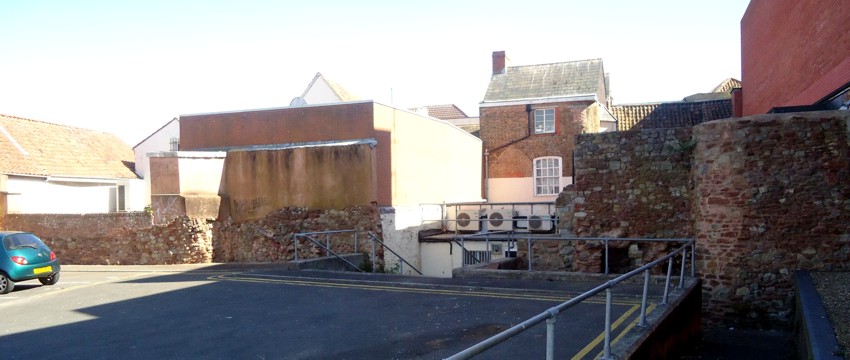
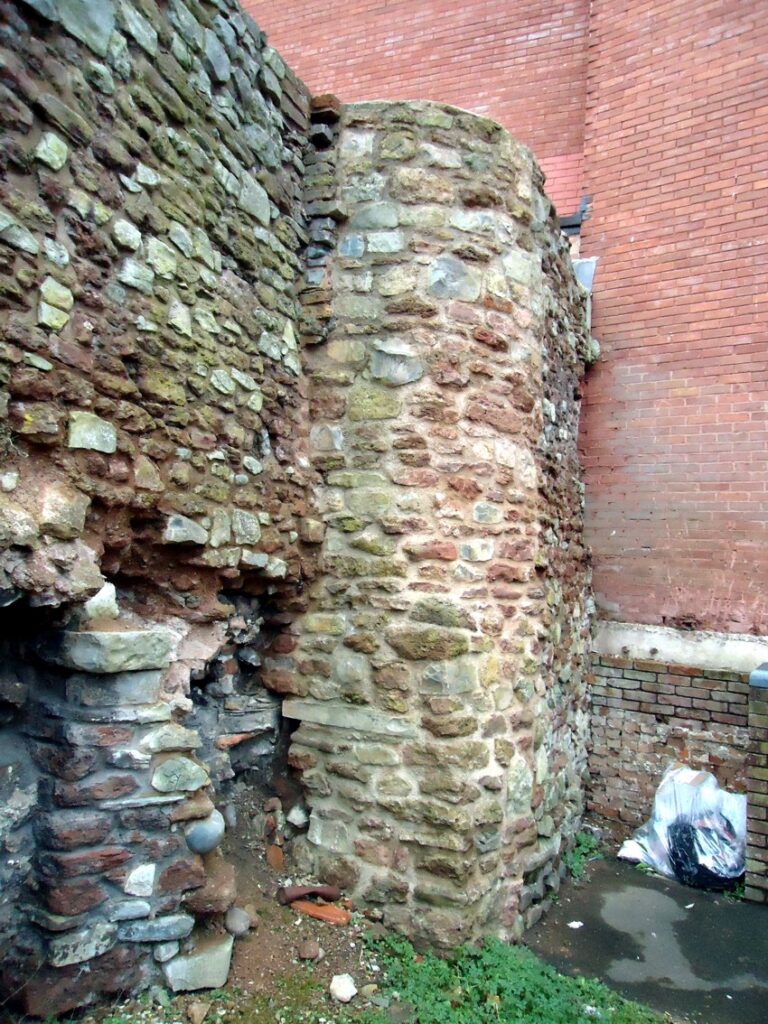
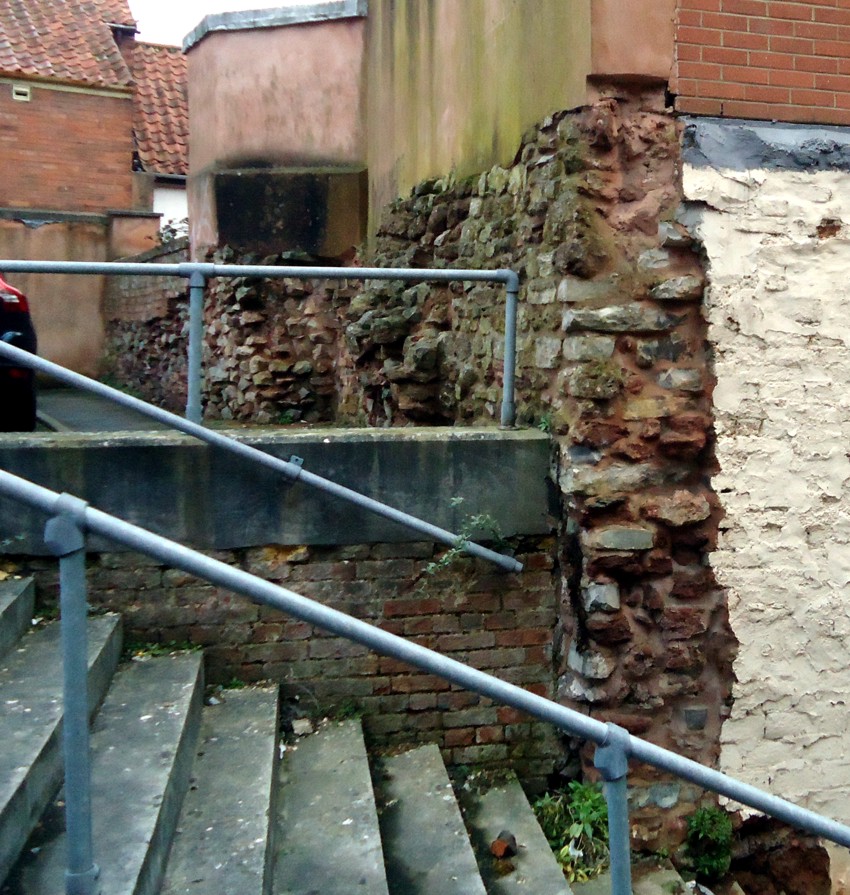
Regrettably these walls are the only hint of the southern wall of the castle. In theory looking at the rear plot boundaries of the properties built on top the moat along Fore Street would give the location of the walls, as the gardens would have to butt onto the castle wall. Plotting the earliest information about these plots from the 1813 map onto the 1867 Ordinance Survey map seems to show a clear line which might represent the curtain wall in this area, which seems to curve slightly. Unfortunately tthis method does not reveal the western portion of the castle.
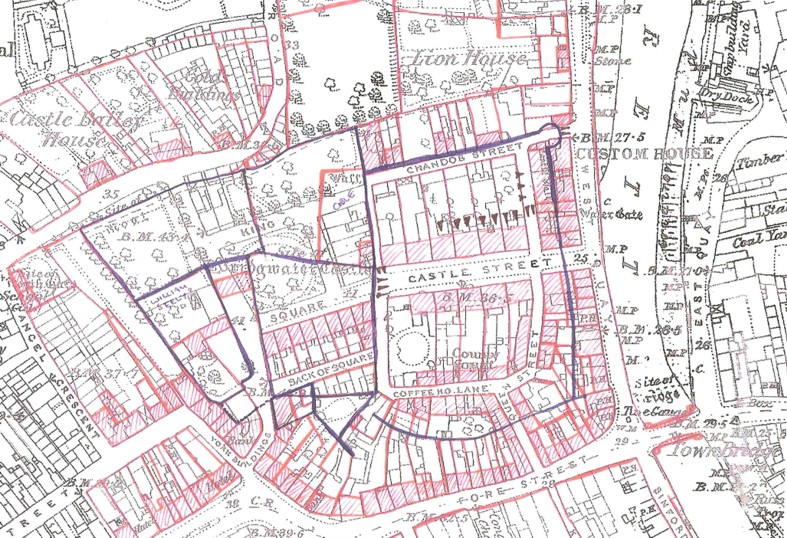
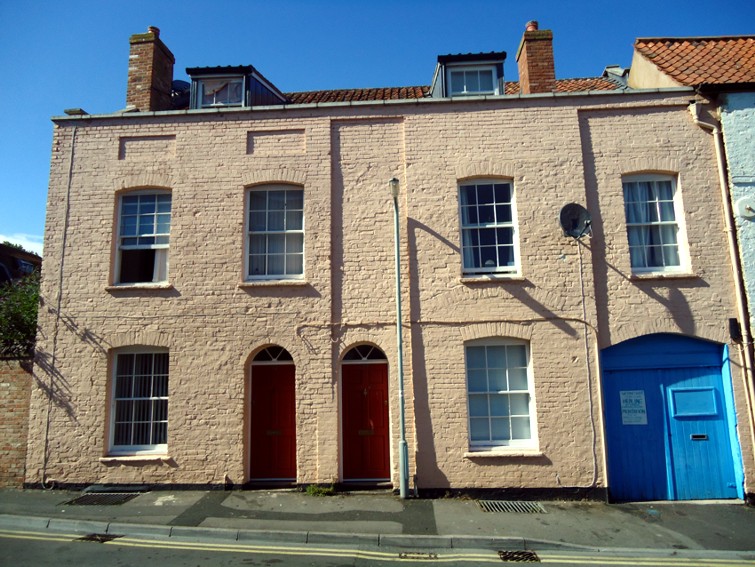
Also in Queen Street, below later Georgian buildings, is a substantial red-Wembdon wall foundation, comparable in stonework to other features of the early thirteenth century. This might be a remnant of one of the substantial internal buildings of the castle. [2]
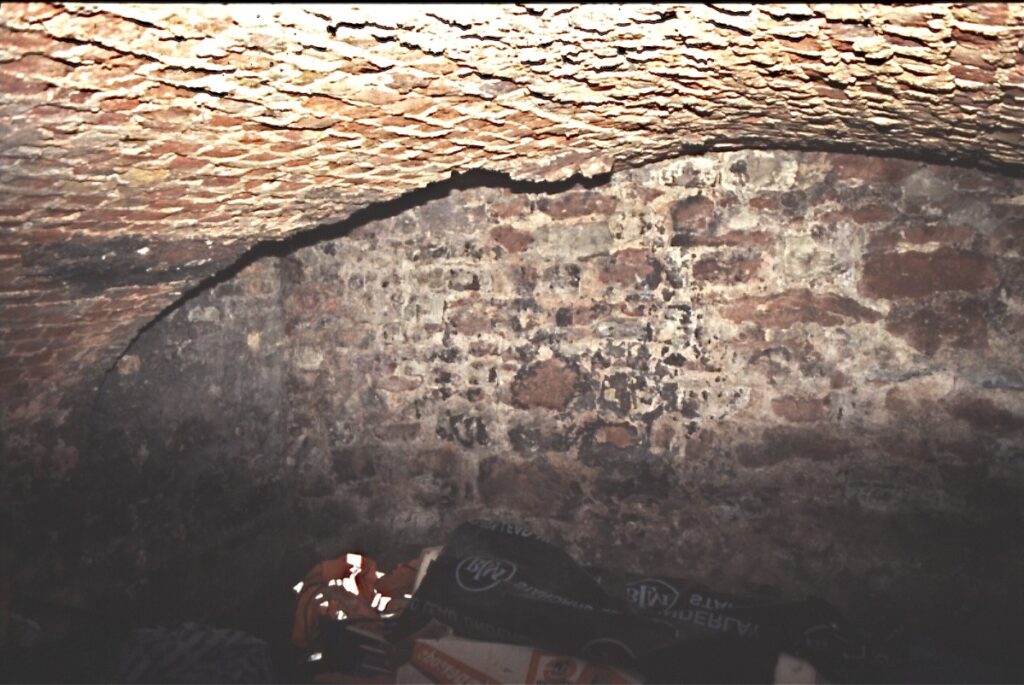
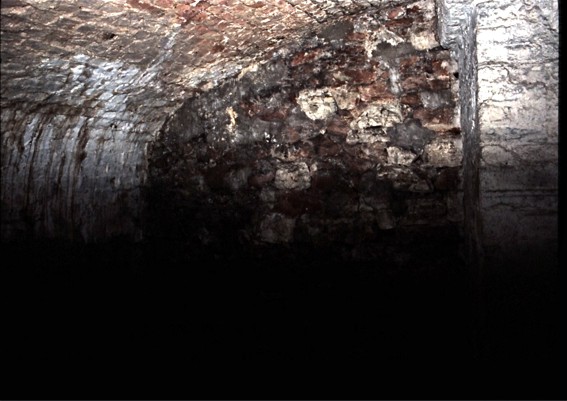
[1] Broomhead, R. A., ‘Bridgwater, Queen Street’ (1994 in the Somerset Historical Environment Record) p.9
[2] Membery, S., ‘Site Visit, 29th April 2004’ in the Somerset Historic Environment Record
